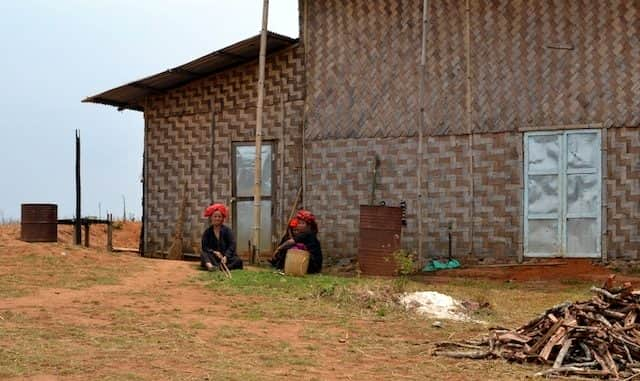
Bamboo for floor coverings and composite wood for exterior finishing are not the ideal substitutes for wood as it is often reported. Many people choose bamboo flooring because they believe this product offers more or less the same benefits as wood flooring. In some respects, this is true. But in several other respects, this is far from the case. Firstly, bamboo floor coverings are not always without any health effects and secondly, their environmental footprint is not at all negligible. The ecological impact of harvesting bamboo forests and the intensive cultivation of this plant in several countries should also be pointed out.
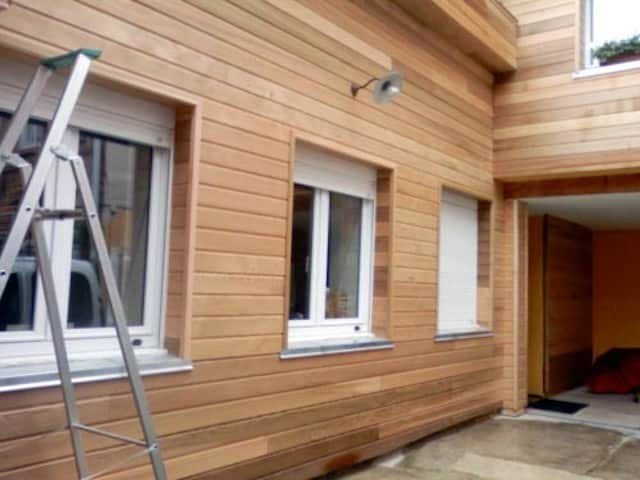
In terms of health, bamboo flooring represents a risk due to the amount of formaldehyde that goes into the glue, reported an article in Hardwood Matters, a magazine published by the National Hardwood Lumber Association (United States). According to this article, formaldehyde is constantly released and is a “silent killer” just like second-hand smoke in a room of smokers. Moreover, with regard to the environment, bamboo products leave a non-negligible footprint. The manufacturing of bamboo floors “is high-energy consuming and pollutes more than processes used for solid woodfloors,” according to the Québec magazine La Maison duesiècle.
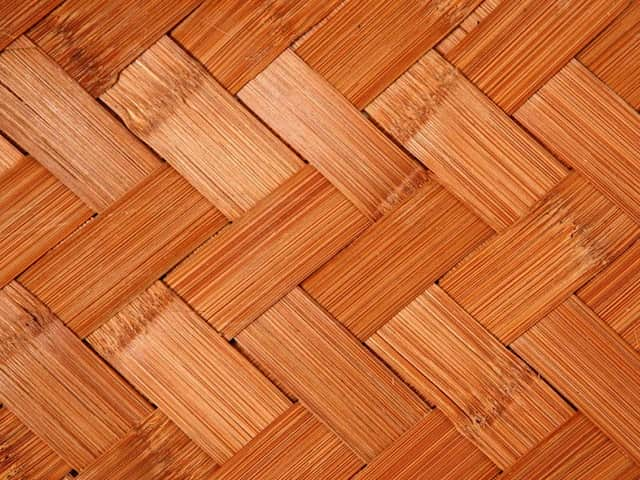
To clean the bamboo strips, they are soaked in boiling water containing hydrogen peroxide and then assembled using a petrochemical-based adhesive. Evergreen Magazine pointed out that bamboo floor manufacturing processes use various potentially toxic chemicals and produce considerable solid waste.
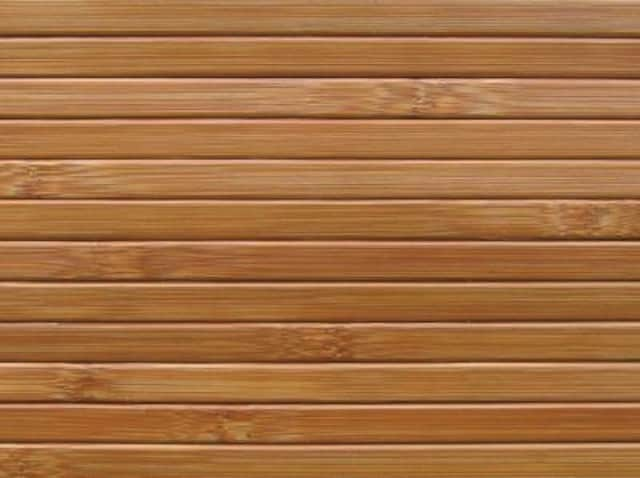
In addition, plants that manufacture these floors most often use coal to heat their boilers, therefore resulting in highly polluting emissions and contributing to global warming. The Hardwood Matters article also highlights various aspects related to sometimes dubious practices used to cultivate the resource: “It is unclear if the bamboo comes from a well-established plantation or otherwise placed on a clearcut in the rainforest. We do not know what chemicals were used in the culture, or whether children worked in factories for its processing,” pointed out one of the people interviewed for the article (Al Whitson Jr of the Whitson Lumber Company).
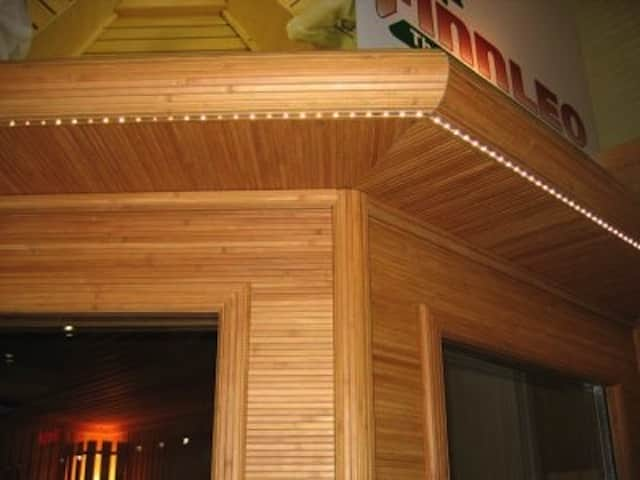
Moreover, according to the United Nations Environment Programme (UNEP) and the International Network for Bamboo and Rattan, deforestation endangers a third of the 1200 animal species living in the world’s bamboo forests. Furthermore, it directly threatens rare animals such as the giant panda (Asia), the mountain gorilla (Africa), the Himalayan black bear and other rare species that depend on bamboo. The over-cutting of this resource has considerably reduced bamboo stocks in Asia, noted R. L. Banik of the Bangladesh Forest Research Institute.

The demand for this product is such that close to “half of the bamboo in the world is harvested illegally and a lot of farmland and tropical forests have been replaced by monoculture bamboo plantations,” revealed a survey by the Switzerland World Wildlife Fund.
 Composite wood is another (relatively new) product that consumers prefer over wood, namely for outdoor landscaping projects such as terraces, garden furniture or edging for lawns. It is not wood per se, but a material composed of wood fibres and plastic resins, in varying proportions, generally 50–50. As for composite wood, which is a relatively new material composed of wood and plastic, analyses reveal that it is much less “green” than suggested. In a performance comparison study of composite wood products and solid wood products, researchers at Dovetail Partners (an environmental information organization) urge caution before believing everything manufacturers say about the qualities of composite wood. They point out, based on a literature review, that composite wood is itself affected by certain problems traditionally attributed to wood, such as mould, rot, degradation due to UV rays and discoloration. Citing the results of a comparative life cycle assessment carried out by FPInnovations in 2009, the authors of the study showed that, of the three products compared (solid red cedar, composite wood using 100% recycled polyethylene and composite wood using virgin polyethylene), the solid wood had, by far, the lowest environmental impact.
Composite wood is another (relatively new) product that consumers prefer over wood, namely for outdoor landscaping projects such as terraces, garden furniture or edging for lawns. It is not wood per se, but a material composed of wood fibres and plastic resins, in varying proportions, generally 50–50. As for composite wood, which is a relatively new material composed of wood and plastic, analyses reveal that it is much less “green” than suggested. In a performance comparison study of composite wood products and solid wood products, researchers at Dovetail Partners (an environmental information organization) urge caution before believing everything manufacturers say about the qualities of composite wood. They point out, based on a literature review, that composite wood is itself affected by certain problems traditionally attributed to wood, such as mould, rot, degradation due to UV rays and discoloration. Citing the results of a comparative life cycle assessment carried out by FPInnovations in 2009, the authors of the study showed that, of the three products compared (solid red cedar, composite wood using 100% recycled polyethylene and composite wood using virgin polyethylene), the solid wood had, by far, the lowest environmental impact.
Source: The Many Virtues of Hardwoods-Quebec Wood Export Bureau
